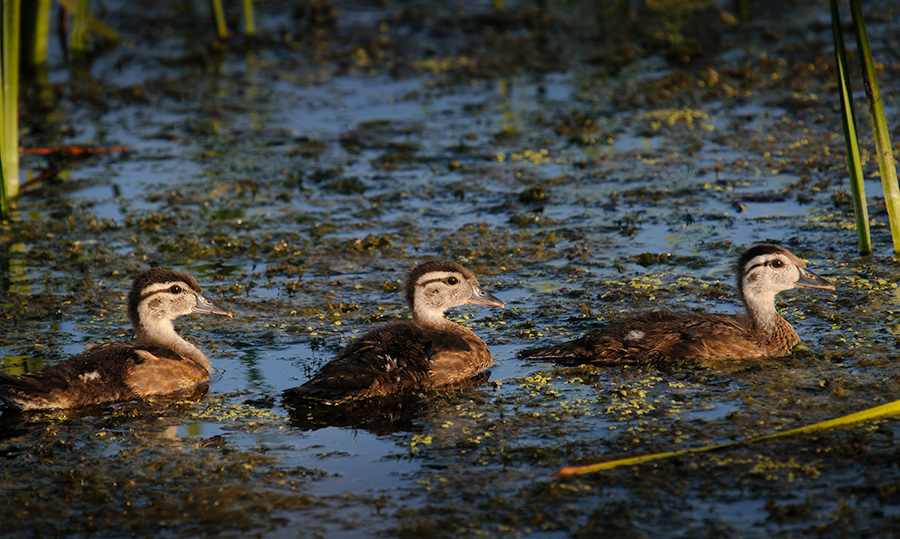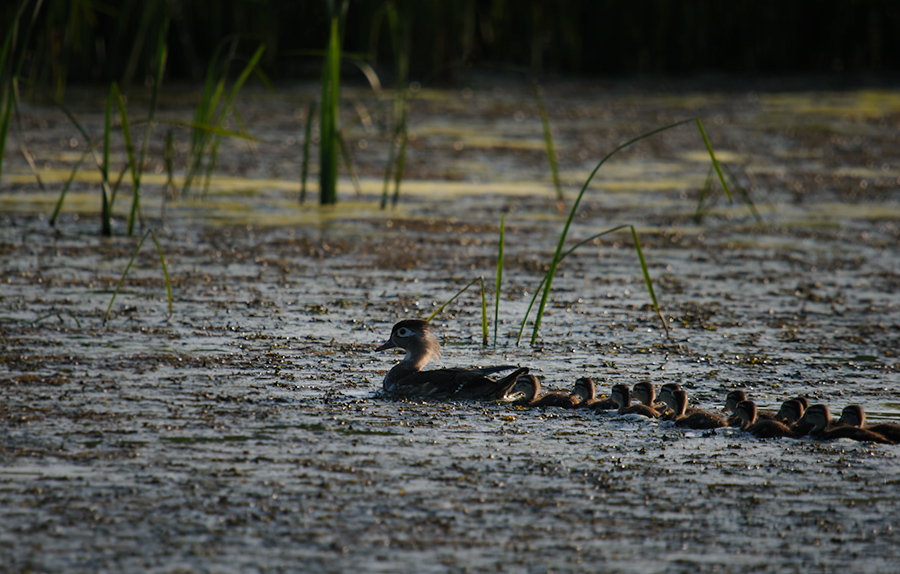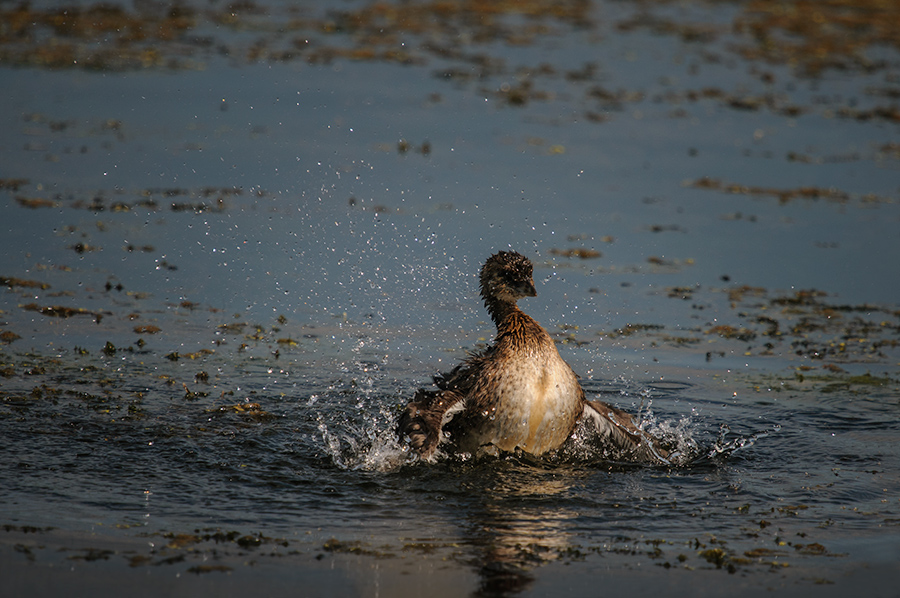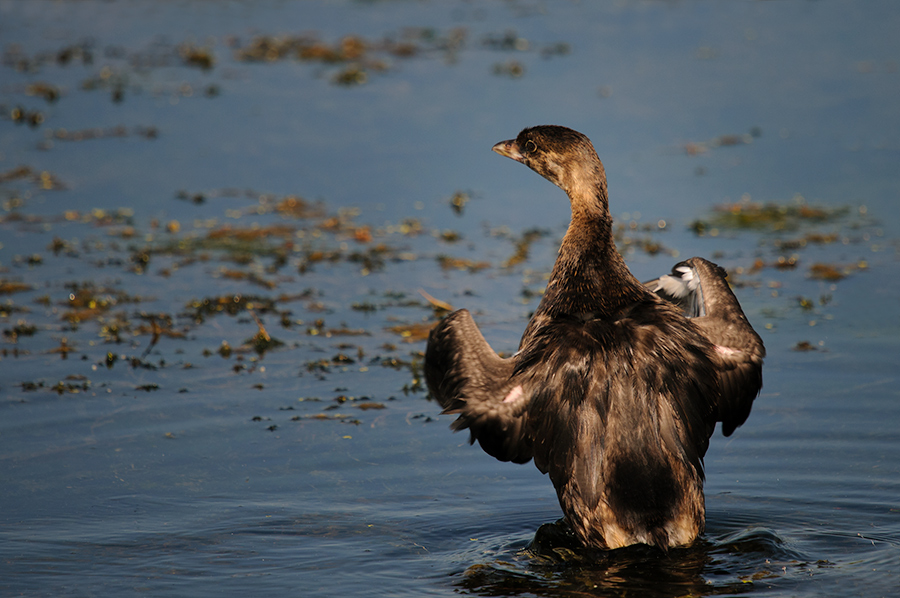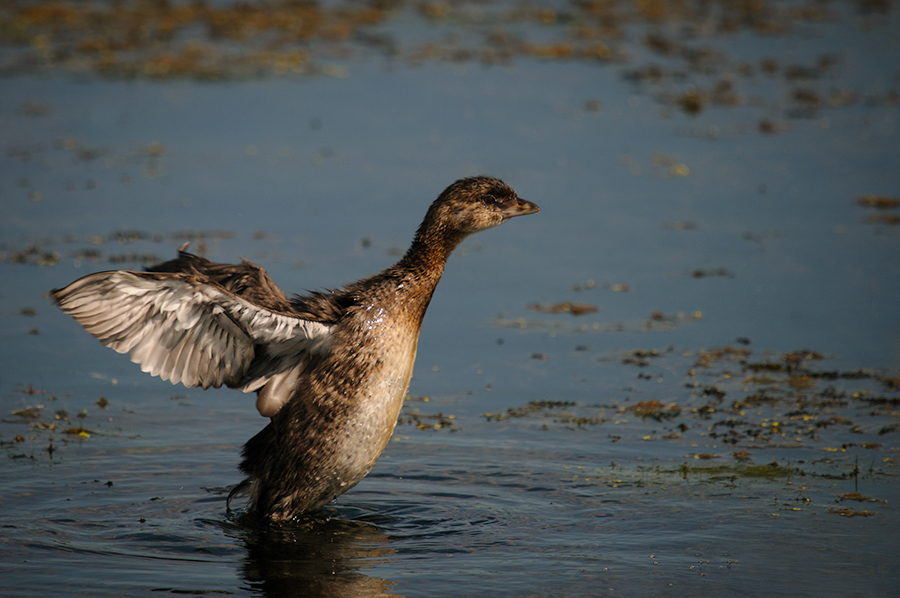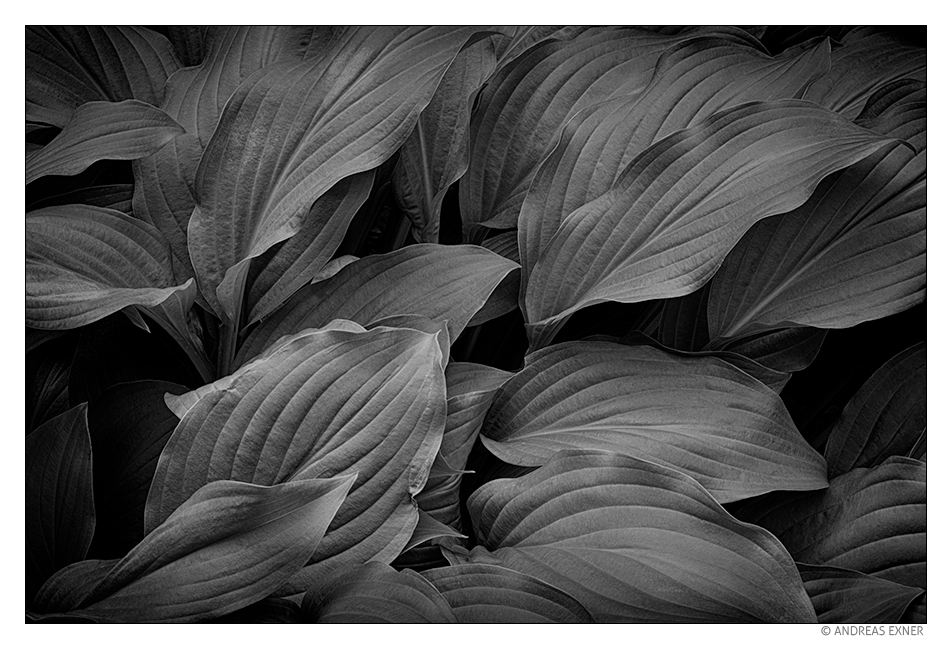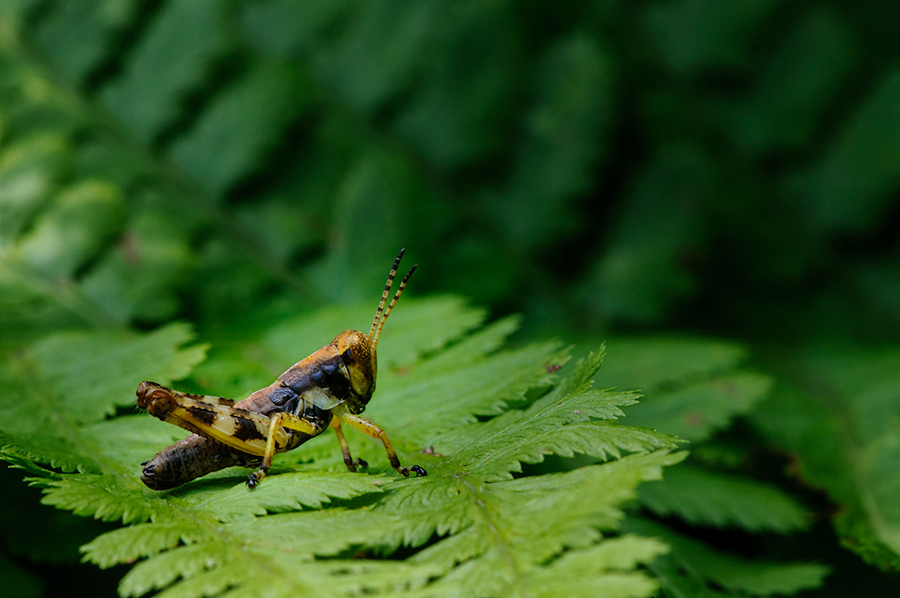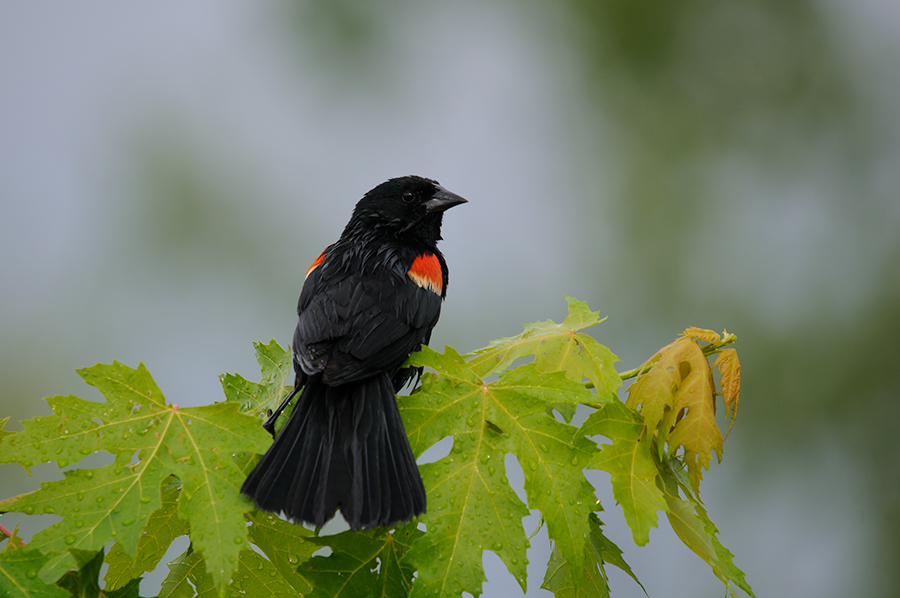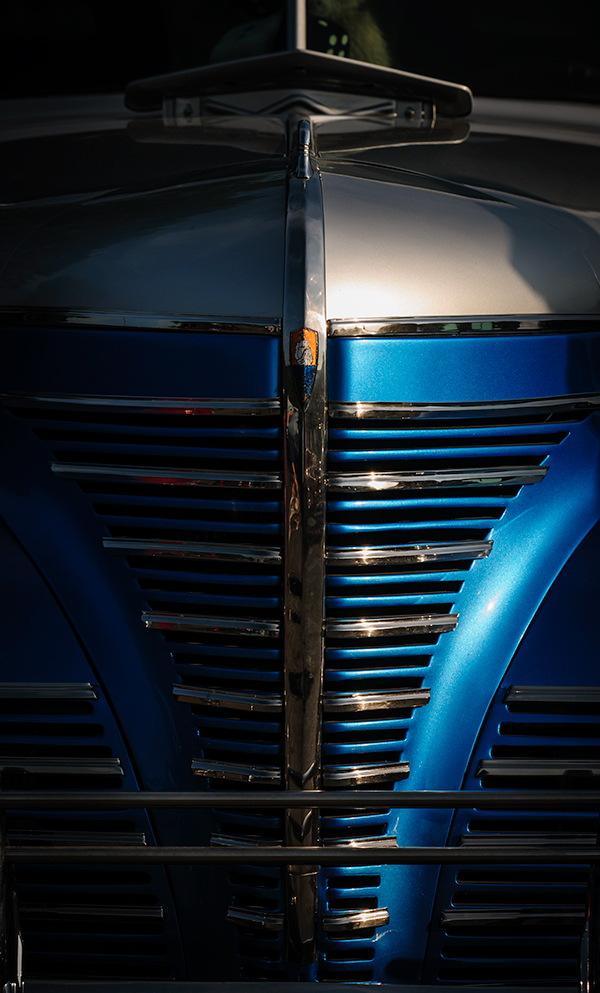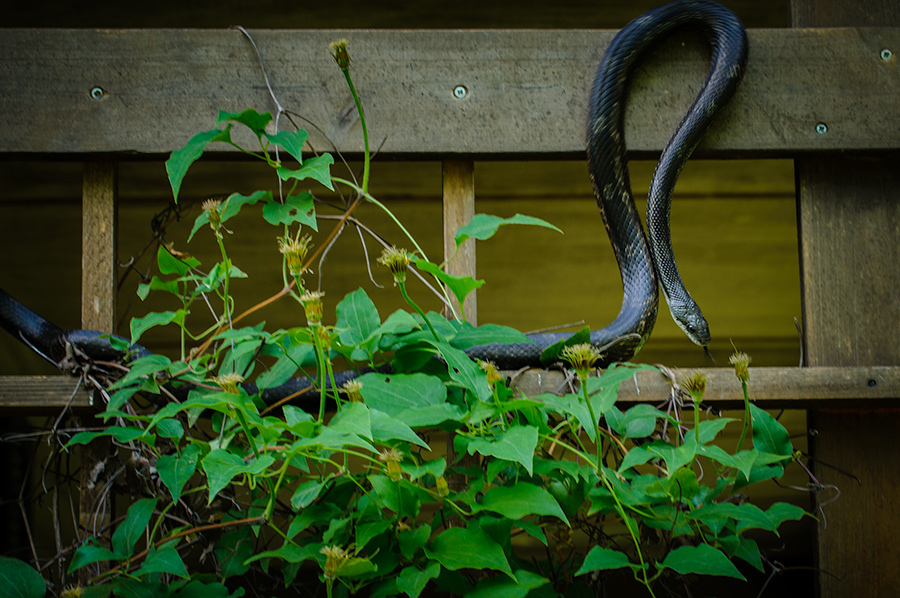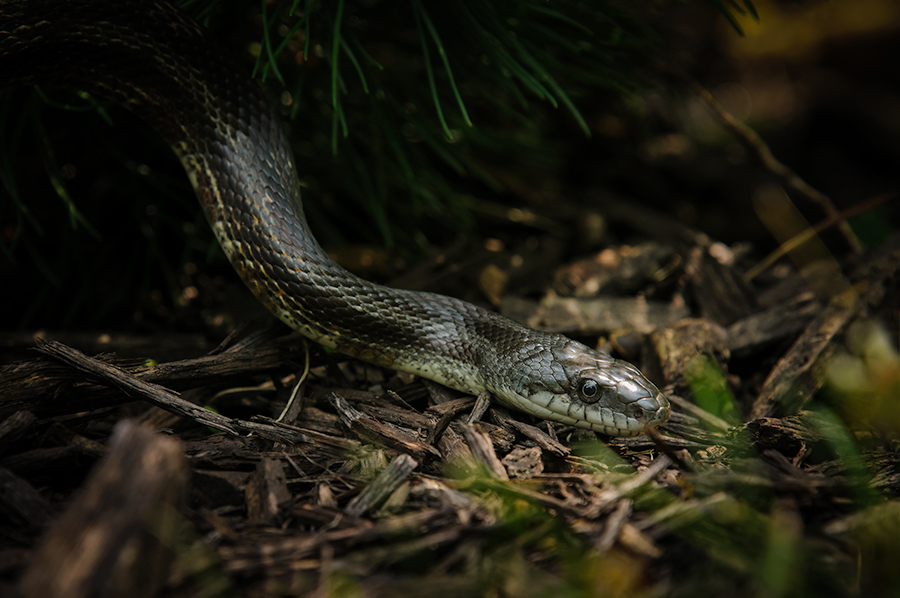
We spent last weekend over in Southwest Wisconsin and explored Yellowstone Lake State Park and ones more Governor Dodge State Park. Both have wonderful lakes to paddle and swim and that's how we took advantage of the nice summer weather. It was also a nice opportunity to practice shooting again from the kayak. There is no room for error when you take the camera with a long lens attached in the boat but I managed to come back with dry gear. ;-) The flat parts of the lakes have a lot of water plants that cover the surface and this is right now the playground of thousands of dragonflies, damselflies, and other insects.
I believe these damselflies are Circumpolar Bluets but I have not been able to identify them yet for sure. They hardly sit still and even fly around in a "double pack" while obviously in a mating mood. I tried the 50-500 with the tripod fixed to the kayak but this didn't give me enough flexibility to work with insects. It works for birds if you can get close enough. I finally had better results with the Sigma 150/f2.8 macro lens and the camera just loose on a strap around my neck. Of course, the keeper rate is not as high as on solid ground but as I said here in the blog before, if I come home with one image that I like, I'm a happy man... :-)




